Particle Physics
-
 Science & Society
Science & SocietyReaders focus on fake news, neutrinos, and more
Readers pondered how to effectively combat fake news, questioned the result of a clinical trial, and wanted to know more about neutrinos.
-
 Science & Society
Science & SocietyBuilding big experiments to study very little things
Editor in Chief Nancy Shute discusses our behind the scenes look at the giant equipment used to study the smallest bits of matter.
By Nancy Shute -
 Particle Physics
Particle PhysicsEarly tests pave the way for a giant neutrino detector
A prototype detector demonstrates the technology needed for the DUNE experiment.
-
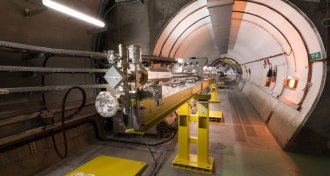 Particle Physics
Particle PhysicsElectrons surf protons’ waves in a new kind of particle accelerator
For the first time, scientists accelerated electrons using plasma waves from proton beams.
-
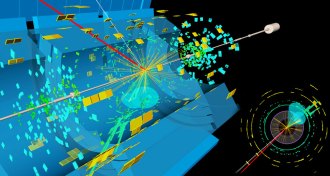 Particle Physics
Particle PhysicsAn elusive Higgs boson decay has finally been spotted
Two experiments at the Large Hadron Collider confirm that the Higgs boson decays into bottom quark pairs.
-
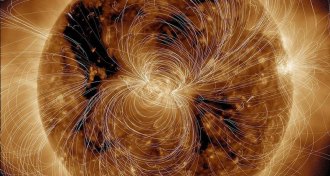 Astronomy
AstronomyStrange gamma rays from the sun may help decipher its magnetic fields
The sun spits out more and weirder gamma rays than anyone expected, which could give a new view of the sun’s magnetic fields.
-
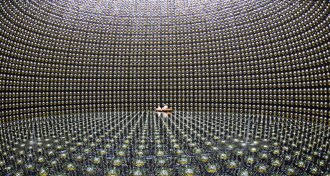 Particle Physics
Particle PhysicsGhostly antineutrinos could help ferret out nuclear tests
Antineutrino detectors could one day help reveal stealthy nuclear blasts.
-
 Astronomy
AstronomyA faint glow found between galaxies could be a beacon for dark matter
Intracluster light may help reveal where dark matter resides within galaxy clusters.
-
 Climate
ClimateReaders question dark fusion, Antarctic ice melting and more
Readers had questions about Antarctic ice melting, dark fusion and greenhouse gas emissions.
-
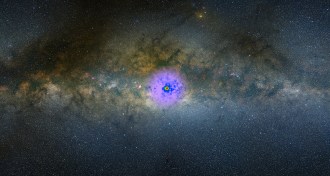 Astronomy
AstronomyHopes dim that gamma rays can reveal dark matter
A mysterious glow of gamma rays coming from the center of the Milky Way probably isn’t a sign of dark matter.
-
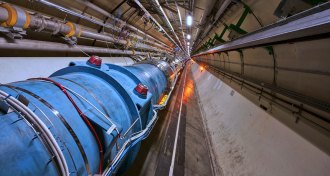 Particle Physics
Particle PhysicsIn a first, physicists accelerate atoms in the Large Hadron Collider
Ionized lead atoms took a spin around the world’s biggest particle accelerator.
-
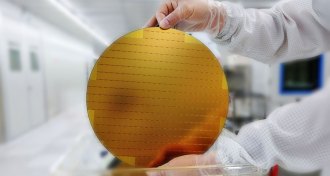 Particle Physics
Particle PhysicsA new quasiparticle lurks in semiconductors
Strange entities called collexons hint at undiscovered physics among interacting subatomic particles in a semiconductor.